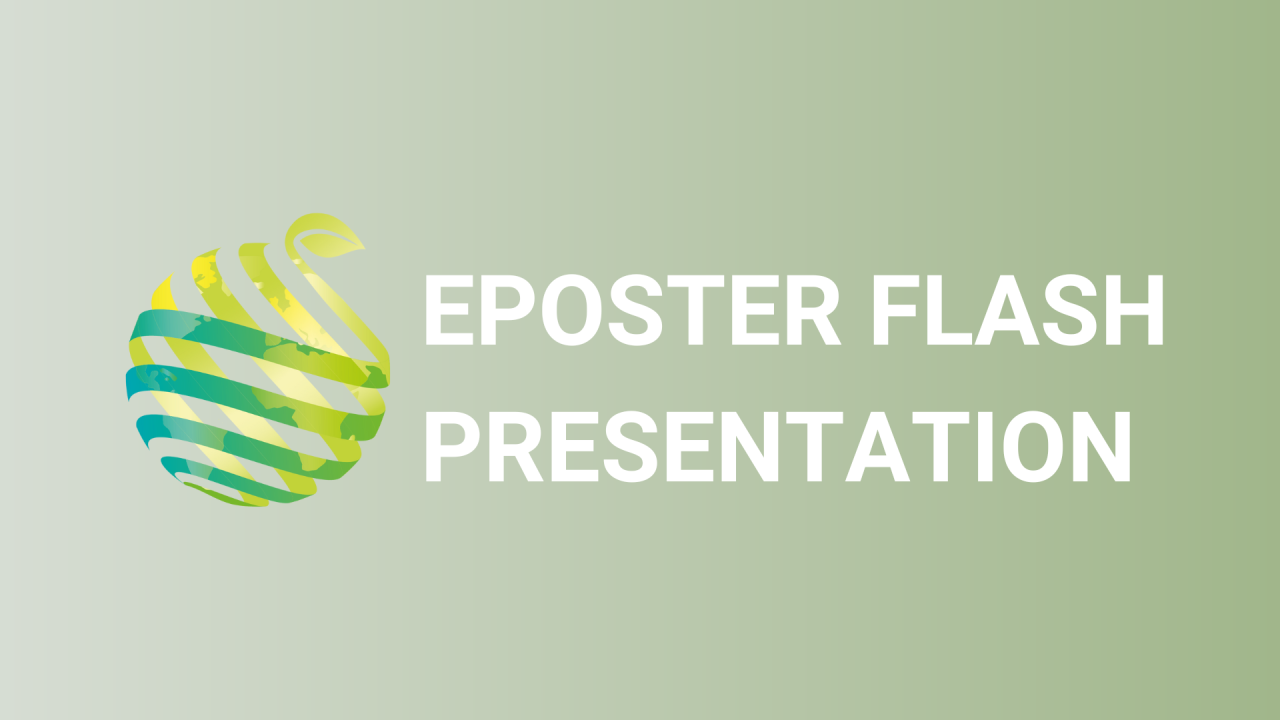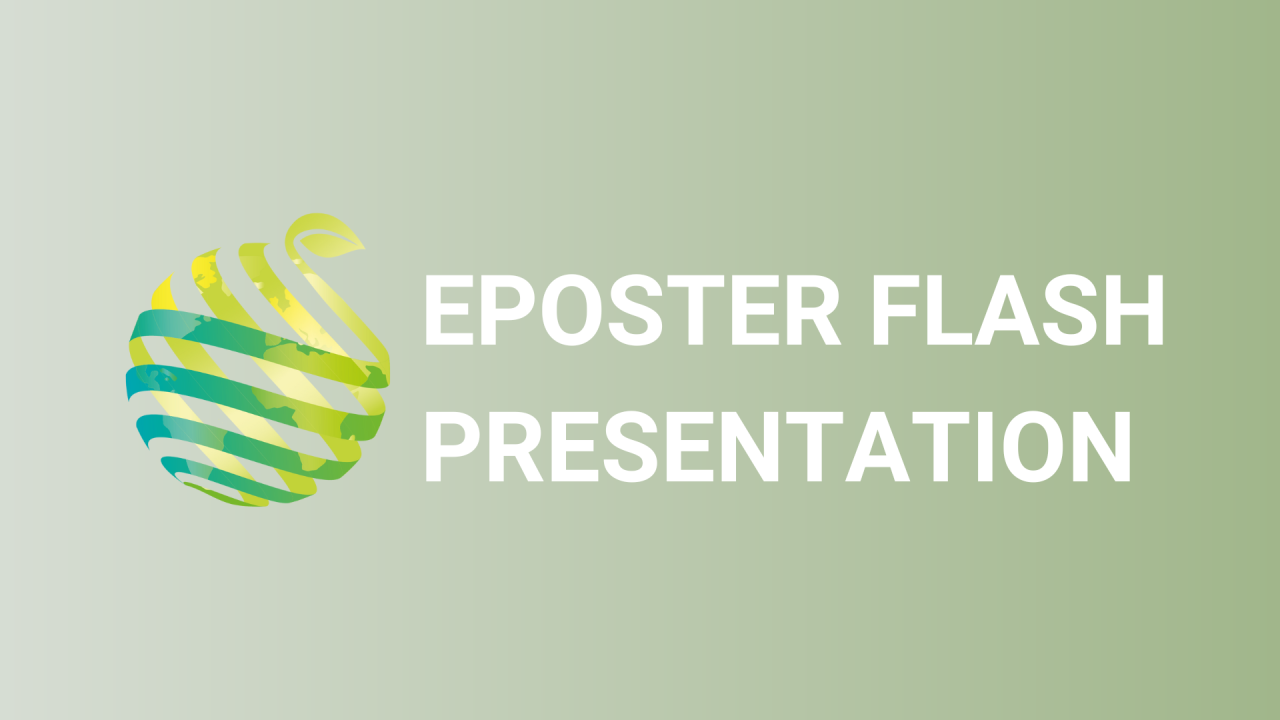

S14 - Session P3 - Pheromone-based control of insect pests on currants
Information
Authors: Olle Anderbrant *, Ann-Kristin Isaksson, Line Beate Lersveen, Christer Löfstedt, Sigrid Mogan, Elisabeth Öberg, Marja Rantanen, Glenn Svensson, Gunda Thöming
Currants ( Ribes spp.), in particular black currant Ribes nigrum , are grown in many parts of the world for food and for their beneficial health or medical effects. In the Nordic countries they are grown on about 3,000 ha, but often damaged by three lepidopteran pest species, causing severe yield losses. Due to the lifestyle of the moths, with larvae feeding inside shoots and branches most of the time, these species are difficult to control with chemical insecticides or biological preparations. The goal of this project is to develop sustainable pheromone-based methods to reduce the damage from the three moth species and thereby enabling profitable cultivation irrespective of management practice. The currant clearwing moth, Synanthedon tipuliformis , is spread on several continents and pheromone mating disruption (MD) has been a functioning strategy for its control in New Zealand. MD is the release of synthetic mimics of the species-specific female-produced sex pheromones to disturb the mate-finding behaviour of the males and will, if successful, result in much reduced reproduction. The remaining species, the currant shoot borer, Lampronia capitella, and the currant bud moth, Euhyponomeutoides albithoracellus, have so far not been subject to extensive MD trials. Here we report results from two years of monitoring with pheromone traps and damage estimates covering about 30 fields in Finland, Norway and Sweden. We also report preliminary results from the first year of MD treatment directed towards all three species and covering entire fields. Challenges of biological, chemical and economical nature related to the development of an efficient and sustainable pest control strategy are discussed.